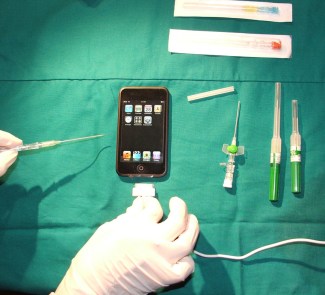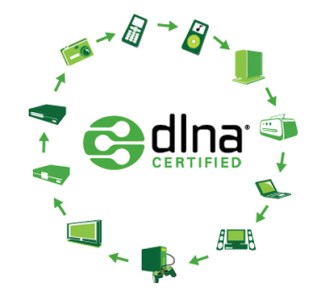Smartwatches, smart glasses, fitness trackers and lots of other new developments in store. But there's still one big challenge: improve the battery life of gadgets, from smartphones to tablets, to move ahead with these new developments.
We all know that the days of carrying a mobile phone in your pocket to send and receive calls and text messages, and little more, are long gone. Today, when (almost) nobody leaves home without their smartphone, we are constantly connected, at levels far beyond just a few years ago when 24-hour internet access in your pocket was a mixture of utopia and “not something that I really need”, and PDAs were reserved for specific niche users and with no path to success. We are available to be contacted any time of day, in many different ways: WhatsApp, BBM, iMessage, Twitter, email, etc.
And taking it to the next step is to do the same thing, but using more than one device. First came large-scale implementation of the internet through computers and the popularisation of social networks, and we are now in the multi-device phase: first with a computer, then moving up to a smartphone and finally a tablet. The first users to get all three felt like they had found the complete trio. But of course it doesn’t stop there.

In 2013, we saw more and more devices that were more accessories than devices in and of themselves, with smartwatches topping the list. Models like the Samsung Galaxy Gear, Sony Smartwatch 2, Qualcomm Toq or the Pebble, among others, have become an extension of our smartphones, an intermediate step for interacting with the phone without having to take it out of your pocket or backpack.
Another example of wearable technology: Google Glass, which apparently will finally come out with a commercial product for end users in late 2014. Looking for more? Sony has a patent for a smartwig that would also be paired with a smartphone. A new generation of products, some already available on the market, under the same heading of wearable technology.

Of all the challenges faced by this technology and these new devices, there is one that stands out above the rest: being invisible. In short, operating in the background as much as possible and not giving the feeling of being an annoying complement that the user needs to pay attention to every so often. Integrated into us. For example, fitness trackers which measure our physical activity and sleep periods, as well as other things, are discrete bracelets that look like any other non-electronic bracelet. According to Sonny Vu, founder of Misfit Wearables, “wearable 1.0 tried to make you look like Iron Man, and wearable 2.0 will try to turn you into the Invisible Man».
Part of this integration, this invisibility, is the need for at least several days of battery life. The current duration of Google Glass is 4 to 5 hours of intensive use. Of course, we’re talking about a product in the development phase that is currently being fine-tuned before being released on the market, but it hints at the vital importance of battery life in new electronic products: everyday we have to charge our smartphone, computer and maybe a tablet, which is a lot of work. And if we have to expand the powerstrip to charge a smartwatch, fitness tracker, smart glasses and who knows, maybe even a smart-wig, the convenience approaches zero, especially because we have to take off and put on accessories that integrate into our bodies or clothing (or at least try to).
Maybe the next move by the big tech companies should be in this direction: improve the battery life of their products before launching new ones. Make it so that we don’t have to take the smartphone charger with us when we leave home for more than a few hours, or create a smartwatch that can run for several days, or even weeks.









